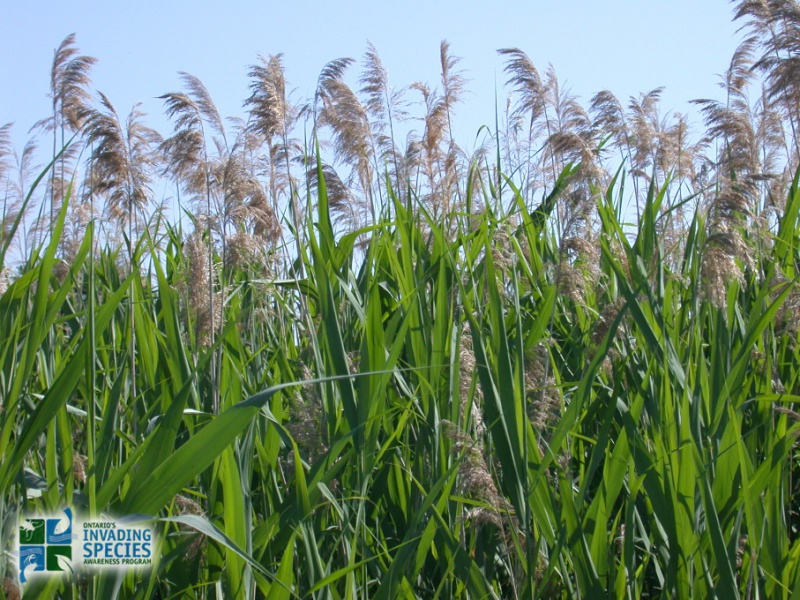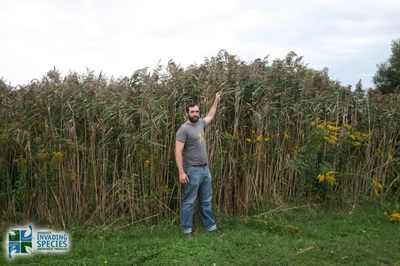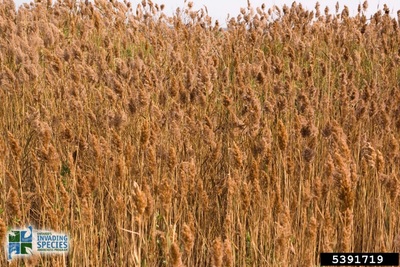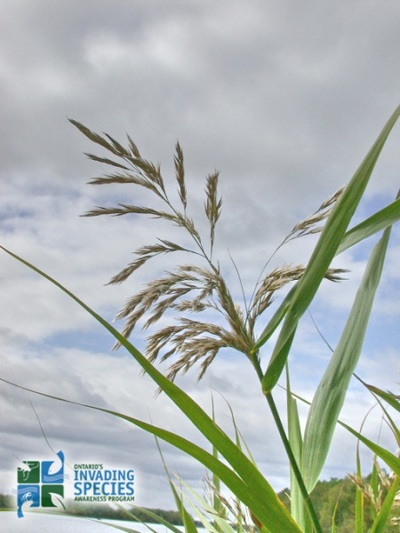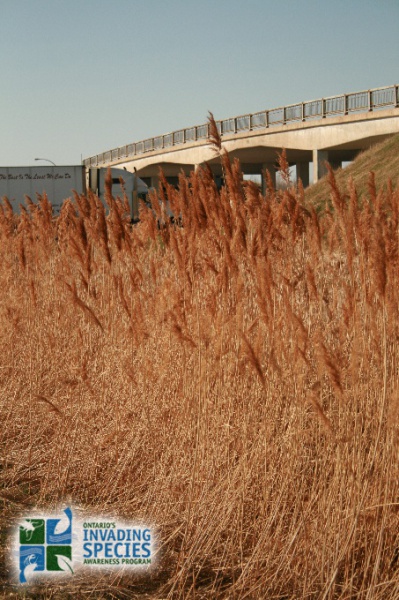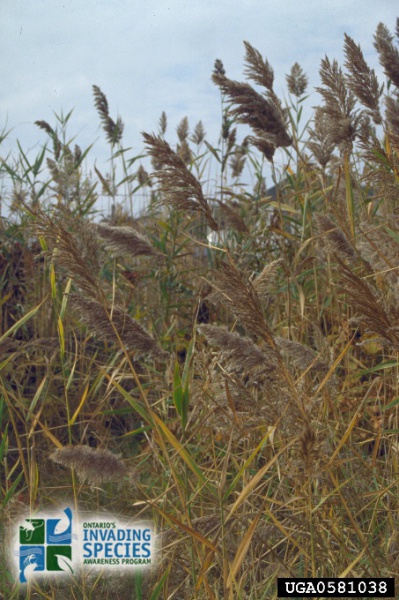Invasive Phragmites
|
|
Invasive Phragmites is an aggressive plant that spreads quickly and out-competes native species for water and nutrients. It releases acid from its roots into the soil to hinder the growth of and kill surrounding plants. While it prefers areas of standing water, its roots can grow to extreme lengths, allowing it to survive in relatively dry areas.
Invasive Phragmites (European Common Reed) is a perennial grass that has been causing damage to Ontario's biodiversity, wetlands and beaches for decades It is not clear how it was transported to North America from it's native home in Eurasia but it is believed to have been brought here to be used in gardening and landscaping. |
Impacts of Invasive Phragmites
|
|
Identifying Invasive Phragmites
One factor making the identification of invasive Phragmites difficult is the existence of a closely related native subspecies. Generally, native Phragmites does not grow as tall as the invasive plant and does not out-compete other native species. Several characteristics of the plant can be useful in distinguishing between the native variety and invasive Phragmites. The following information can help in identifying invasive Phragmites.
|
Invasive Phragmites:
|
Native Phragmites:
|
What You Can Do |
|
Downloads
|
|
| ||||||||||||||||||
OFAH/OMNR Invading Species Awareness Program. (2012). Invasive Phragmites. Retrieved from:http://www.invadingspecies.com. This factsheet may be reproduced for non-commercial purposes.

